
Fair Isle, sometimes Fairisle, is the southernmost Shetland island, situated roughly 38km from the Shetland Mainland and about 43km from North Ronaldsay. The entire archipelago is located off of the northernmost coast of Scotland, in the North Sea. As the most remote inhabited island within the United Kingdom, Fair Isle is known for its wild bird observatory, interesting historic shipwrecks, Scottish and Shetland-style traditional music, and its traditional style of knitting. The island has been owned by the National Trust for Scotland since 1954.
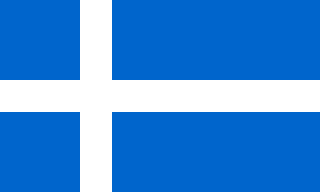
Shetland, also called the Shetland Islands, is an archipelago in Scotland lying between Orkney, the Faroe Islands, and Norway. It is the northernmost region of the United Kingdom.
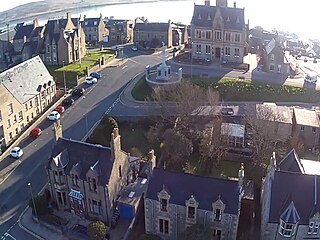
Lerwick is the main town and port of the Shetland archipelago, Scotland. Shetland's only burgh, Lerwick had a population of about 7,000 residents in 2010.
Unst is one of the North Isles of the Shetland Islands, Scotland. It is the northernmost of the inhabited British Isles and is the third-largest island in Shetland after Mainland and Yell. It has an area of 46 sq mi (120 km2).
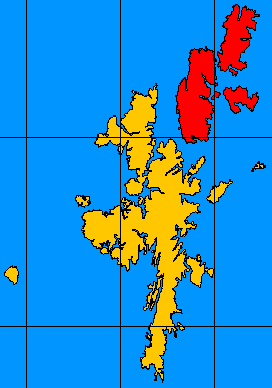
The North Isles are the northern islands of the Shetland Islands, Scotland. The main islands in the group are Yell, Unst and Fetlar. Sometimes the islands in Yell Sound are included in this group.

Skaw is a settlement in the Scottish archipelago of Shetland, located on the island of Unst. It is located north of Haroldswick on a peninsula in the northeast corner of the island, and is the most northerly settlement in the United Kingdom. It is currently inhabited by a single inhabitant whose business is sheep farming.

Linga is a very small uninhabited island in the Bluemull Sound, Shetland, Scotland. It is one of many islands in Shetland called Linga. It has an area of 45 ha and is 26m at its highest point.

Haroldswick or Harold's Wick, is on Unst, Shetland Islands, Scotland, and is one of the most northerly settlements in the British Isles.
Laurence Bruce of Cultmalindie was a Scottish landowner and factor to the Earl of Orkney. He features in a number of traditional stories of Shetland.

Dr. Laurence Edmondston was a British-born naturalist and doctor who lived in Shetland, Scotland, United Kingdom.
Dr Henry Linckmeyer Saxby was an English born physician and ornithologist, most famous for his work in Shetland.

The A968 in Shetland is the United Kingdom's northernmost A-road. It connects the islands of Yell and Unst to the island of Mainland. The road is actually separated into three. The length of the part of the road on Mainland is 9.8 miles (15.8 km), on Yell 17.4 miles (28.0 km), and on Unst 10 miles (16 km). The road is marked red on most maps and goes from the A970 on Mainland to Haroldswick. It is 41.9 miles (67.4 km) long.
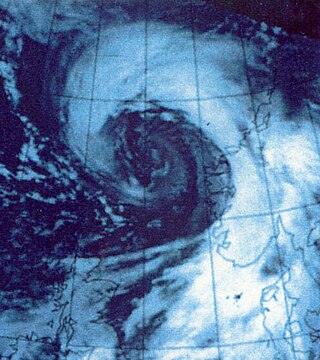
The New Year's Day Storm, known in Scotland as the 'Hogmanay Hurricane', was an intense European windstorm that affected much of northern Scotland and western Norway on 1 January 1992. DNMI estimated the strongest sustained winds and the strongest gusts to have reached 103 mph and 138 mph, respectively. Unofficial records of gusts in excess of 170 knots (87 m/s) were recorded in Shetland, while Statfjord-B in the North Sea recorded wind gusts in excess of 145 knots (75 m/s). There were very few fatalities, mainly due to the rather low population of the islands, the fact that the islanders are used to powerful winds, and because it struck in the morning on a public holiday when people were indoors. In Norway there was one fatality, in Frei, Møre og Romsdal county. There were also two fatalities on Unst in the Shetland Isles. Despite being referred to by some as a 'Hurricane', the storm was Extratropical in origin and is classified as an Extratropical Cyclone.
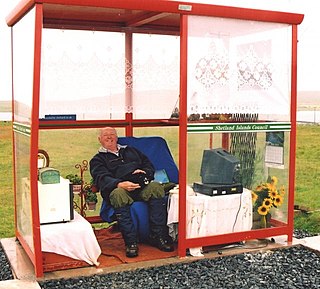
The Unst Bus Shelter, also known as Bobby's Bus Shelter, is a bus shelter and bus stop near the village of Baltasound, on the isle of Unst, Shetland Islands, Scotland. It is maintained by the Shetland Islands Council. It is located on the main road across Unst - the A968 - which runs between Belmont and Haroldswick.
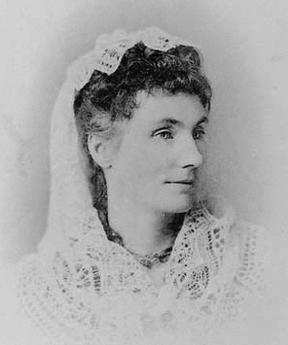
Jessie Margaret Edmondston Saxby was a writer and folklorist from Unst, one of the Shetland Islands of Scotland. She also had political interests and was a suffragette.
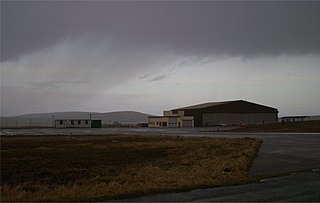
Unst Airport also called Baltasound Airport is an unlicensed airfield near Baltasound, on the island of Unst, Shetland Islands, Scotland. The airfield has effectively been mothballed since 1996 and is now only used by the emergency services. Unst Airport is the most northerly airfield in the United Kingdom.
Screenplay is an international film festival held annually in Shetland, Scotland. The festival is curated by the film critic Mark Kermode and the film historian Linda Ruth Williams in partnership with Shetland Arts. Since 2012 the festival has been hosted by Mareel arts venue in Lerwick.
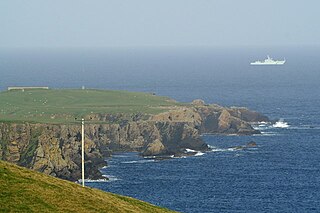
SaxaVord Spaceport, previously known as Shetland Space Centre, is a planned spaceport to be located on the Lamba Ness peninsula on Unst, the most northerly of the Shetland Islands off of mainland Scotland. The proposed site is near the RAF Saxa Vord radar station and the settlement of Skaw, adjacent to the Saxa Vord distillery.
Dr. Thomas Edmondston Saxby, Esq. (1869-1952) was a Scottish medical doctor, working on Unst, the most northerly of the Shetland Islands, and an ornithologist.
















